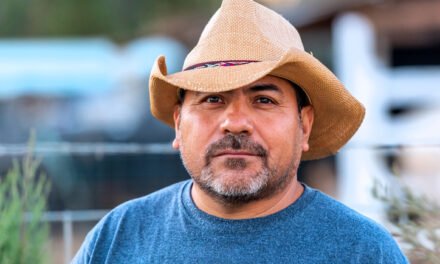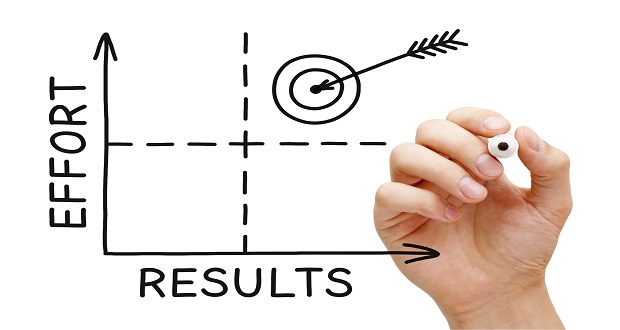
Recently, Stonehill College in Massachusetts announced a plan to start a student group called “Exploring Whiteness.” The intent is for students to “delve into how ‘identity and privilege intersect.’” While I believe the group was created with the best of intentions, as a cross-cultural educator, I do have some concerns.
The Pros
The group gives White students a forum to talk about what it means to be White. I agree with the organizers that we’re too afraid to talk about race and color issues in this country. We’re taught to be politically correct – a term that drives me, and many others, crazy. Political correctness has got us stuck in a place where we’re not willing to have meaningful conversations because we’re afraid of saying something wrong or offending someone. It doesn’t help that every time someone says something that sounds remotely insensitive, there are 1,000 other people ready to jump up and call them “racist.” It’s important that we learn to have these discussions in a safe environment, which is one of the intentions of this group.
Another great aspect of this group is that it includes activities for self-awareness. Too often, when we learn about cultural differences, we go straight to “the other.” “What do I need to know about them in order to work better with them?” We forget that in order to understand others, we need to understand ourselves, first. A group is a great place to have discussions about and explore one’s own values, beliefs, and behaviors, and to compare and contrast those with the values, beliefs and behaviors of others.
The Cons
It is important to introduce topics around cross-cultural issues in a developmentally appropriate manner. In my work, I’ve long been a proponent of the Developmental Model of Intercultural Sensitivity, developed by Dr. Milton Bennett, and the subsequent Intercultural Development Continuum, by Dr. Mitchell Hammer. The models outline how we develop in our approach toward cultural commonalities and differences. There are some good, and quite advanced, topics suggested for the “Exploring Whiteness” group. Introducing topics such as privilege at a time when a person isn’t developmentally ready to handle that topic can be detrimental. The group could end up doing more harm than good.
Best practices around employee resource groups within organizations are that all resource groups be open to all employees. This promotes inclusiveness, and it provides employees a safe place to learn about different cultures. The “Exploring Whiteness” group is open only to students who identify as White, and organizers have said that “if [students] can’t articulate a connection [to identifying as White], we’ll tell them no.” This does not promote an environment of inclusion and perpetuates lack of access issues that non-Whites typically encounter. The student population at Stonehill is nearly 92% White, and excluding non-White students only serves to further the racial/ethnic exclusivity of the college.
The Verdict
Overall, the “Exploring Whiteness” student group is a good idea, but it needs some adjustments to work well and ensure appropriate education and inclusion.


















